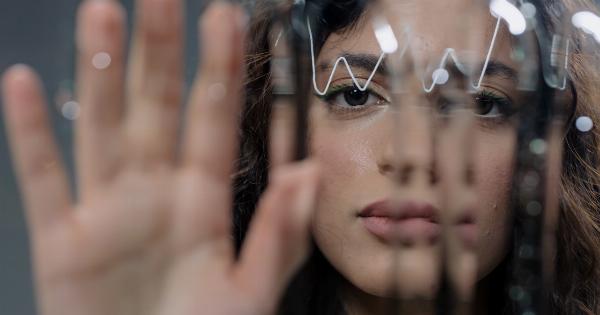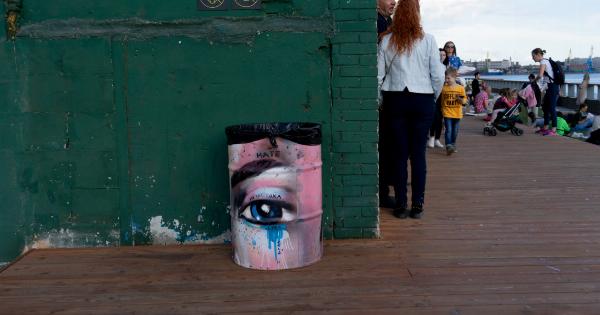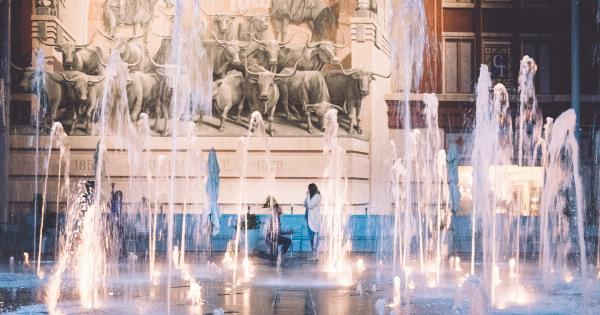The world of art has always been a space for creative minds to push boundaries, challenge conventions, and explore new possibilities.
Avant-garde artists, in particular, have been at the forefront of this movement, constantly pushing the limits of artistic expression. However, it is not just their innovative ideas and unconventional techniques that distinguish them from the rest; it is their ability to create works that stand the test of time.
In this article, we will delve into the realm of avant-garde art and explore how these artists have found a way to transcend the ephemeral nature of art, leaving a lasting legacy that continues to inspire generations to come.
Pioneers of Avant-Garde Art
Avant-garde art emerged in the late 19th and early 20th centuries as a response to the traditional norms and conventions that dominated the art world at the time.
Artists such as Pablo Picasso, Marcel Duchamp, and Salvador Dalí are among the pioneers who paved the way for this movement, challenging the established notion of what art should be and expanding the possibilities of creative expression.
Breaking Boundaries with Abstract Art
One of the key features of avant-garde art is its departure from realistic representation. Instead of depicting the world as it appears, avant-garde artists embraced abstraction and non-representational forms.
This shift allowed them to transcend the boundaries of traditional art and explore new realms of creativity.
Experimenting with Surrealism
Surrealism was another significant movement within avant-garde art that emerged in the 1920s.
Spearheaded by artists such as André Breton and René Magritte, surrealism sought to unlock the power of the unconscious mind and tap into the realm of dreams and fantasy. By blending reality with the surreal, these artists pushed the boundaries of traditional artistic representation and challenged viewers to question their perception of reality.
The Influence of Dada
Dadaism, often considered the precursor to surrealism, was a movement that emerged during World War I.
Artists associated with Dada, such as Marcel Duchamp and Man Ray, rejected traditional artistic values and embraced absurdity, irrationality, and anti-art. Through their provocative works, these artists pushed the boundaries of what was considered acceptable in art, paving the way for future avant-garde movements.
Performance Art: Embodying Expression
Performance art is another form of artistic expression that avant-garde artists have used to push boundaries.
By incorporating elements of theater, dance, and visual art, performance artists create immersive experiences that challenge traditional notions of artistic presentation. Artists like Marina Abramović and Yoko Ono have used their bodies as a medium, creating performances that elicit strong emotional responses and provoke thought.
Taking Art to the Streets
Street art and graffiti have also played a significant role in the avant-garde movement. Artists like Banksy and Keith Haring have used public spaces as their canvas, creating works that challenge social and political norms.
By bringing art to the streets, these artists have effectively broken down the barriers between traditional art spaces and everyday life, making art accessible to a wider audience.
Technology as a Tool for Innovation
Avant-garde artists have never shied away from harnessing the power of technology to push the boundaries of artistic expression.
From the invention of photography, which allowed artists to capture reality in a new way, to the rise of digital art, avant-garde artists have embraced technology as a means to explore new possibilities. Artists like Nam June Paik, a pioneer of video art, and Jenny Holzer, known for her use of LED displays, have incorporated technology into their work, creating immersive and interactive experiences for viewers.
Environmental Art: Redefining Art and Nature
Environmental art is a genre that emerged in the late 1960s and early 1970s as a response to the ecological concerns of the time.
Avant-garde artists like Andy Goldsworthy and Christo and Jeanne-Claude have used natural materials and landscapes as their canvas, creating artworks that not only challenge traditional notions of art but also highlight our relationship with the environment. By merging art and nature, these artists push the boundaries of what is considered art and provoke conversations about sustainability and our impact on the planet.
Legacy of Avant-Garde Artists
Avant-garde artists have left an indelible mark on the art world, challenging conventions and pushing boundaries throughout history. Their innovative ideas and fearless approach to creativity continue to inspire new generations of artists.
From the explosion of abstract expressionism in the mid-20th century to the contemporary installations and performances of today, the influence of avant-garde artists can be seen in every corner of the art world.
Conclusion
Avant-garde artists are the vanguards of artistic innovation, constantly pushing the boundaries of what is considered art. Through their experimentation with different techniques, mediums, and ideas, they have redefined the notion of artistic longevity.
Whether it is through abstract expressionism, surrealism, performance art, or environmental art, avant-garde artists have found ways to create works that transcend time, leaving a lasting impact on the art world. As we continue to evolve and explore new frontiers, avant-garde artists will undoubtedly be at the forefront, pushing the boundaries of artistic expression for years to come.






























